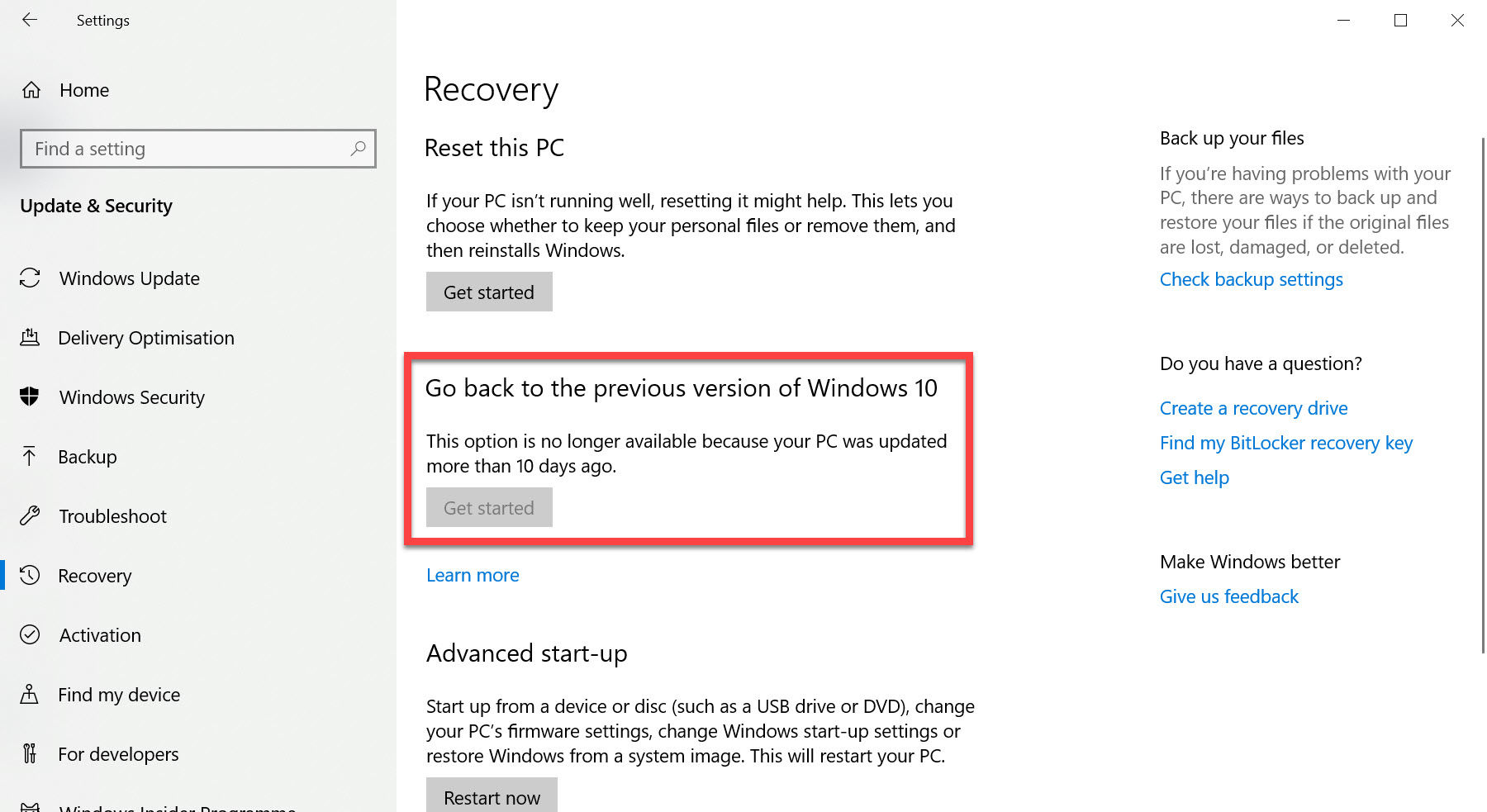

Microsoft says it’s fine to use a product key currently in use on another machine you just need the old code to get past the product key request during installation. You also need a valid product key for the older OS. To take advantage of your Windows 8 Pro downgrade rights, you need installation media (such as DVD or USB key) for Windows 7 Professional or Windows Vista Business. PCWorld detailed the features in each Windows 8 edition in April.

That way, you’ll have hardware built for the new version of Windows such as a convertible laptop or an all-in-one desktop PC with a touchscreen.Īlso, in case you’re wondering about the differences between Windows 8 and Windows 8 Pro, know that the Pro version offers several power user and enterprise-centric features such as BitLocker disk encryption and the ability to boot from a virtual hard drive (VHD).

Here’s the bottom line taking pricing and installation headaches into consideration: As long as Windows 7 is available on new PCs, buying a Windows 8 Pro machine with downgrade rights really only makes sense if you plan on returning to Windows 8 at a later date. Also, if you buy a Windows 7 machine before January 31, 2013, you have until February 28 to purchase a Windows 8 upgrade for $15. So you will also save a bit of money if you purchase a Windows 7 machine instead of Windows 8. You can find comparable Windows 8 machines for around $100 to $200 more. Amazon, for example, is selling a limited number of 15.6-inch Samsung laptops featuring a 2.4 GHz Intel Core i3-2370M processor, 6GB RAM, a 750 GB HDD, and 64-bit Windows 7 Home Premium for $500.īest Buy has a 14-inch Asus laptop with a 2.3Ghz Intel Pentium processor, 4GB RAM, a 320GB HDD, and 64-bit Windows 7 Home Premium for $300. Second, even though Microsoft and its partners are pushing Windows 8, you can still find Windows 7 machines for sale on Amazon, Best Buy, and Dell, to name a few locations. Others are concerned about incompatibility issues with legacy software. Some businesses don’t want to suffer the training costs associated with rolling out a new OS to employee workstations. Microsoft offers a downgrade path mostly for enterprise and small business PC users who may not be ready to use the new version of Windows.

This contradicts pretty much everything Microsoft has ever posted online about downgrade rights.īut after scouring Microsoft’s online support pages, checking out real-world downgrade experiences on various forums, and then confirming the process with Microsoft’s press team, we can now share the truth about how downgrades work for anyone with a PC running Windows 8 Pro. Another representative said a Windows 7 disc image would be built into new Windows 8 Pro machines. A Dell representative said that to downgrade from Windows 8, you needed to buy a new, unused copy of Windows 7-thus making the whole point of having downgrade rights pointless.


 0 kommentar(er)
0 kommentar(er)
